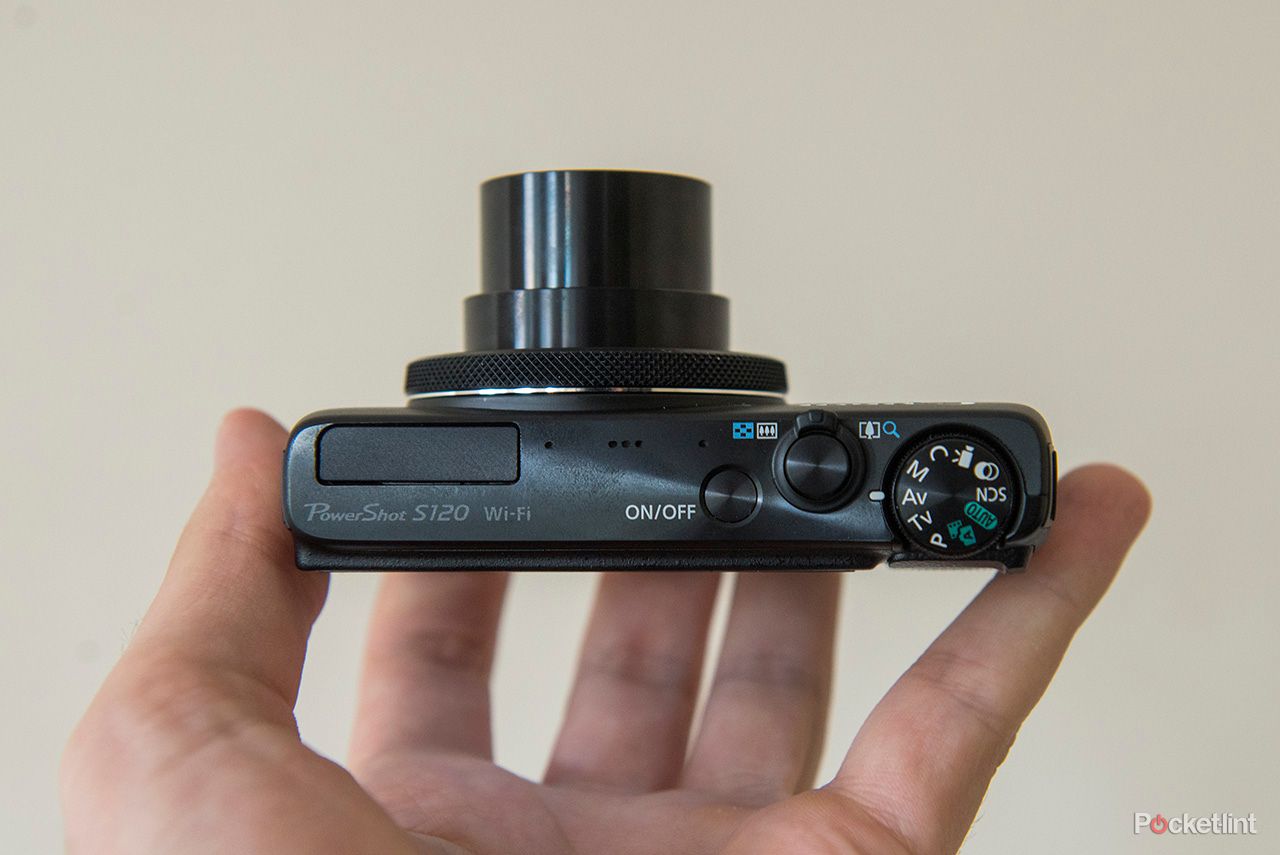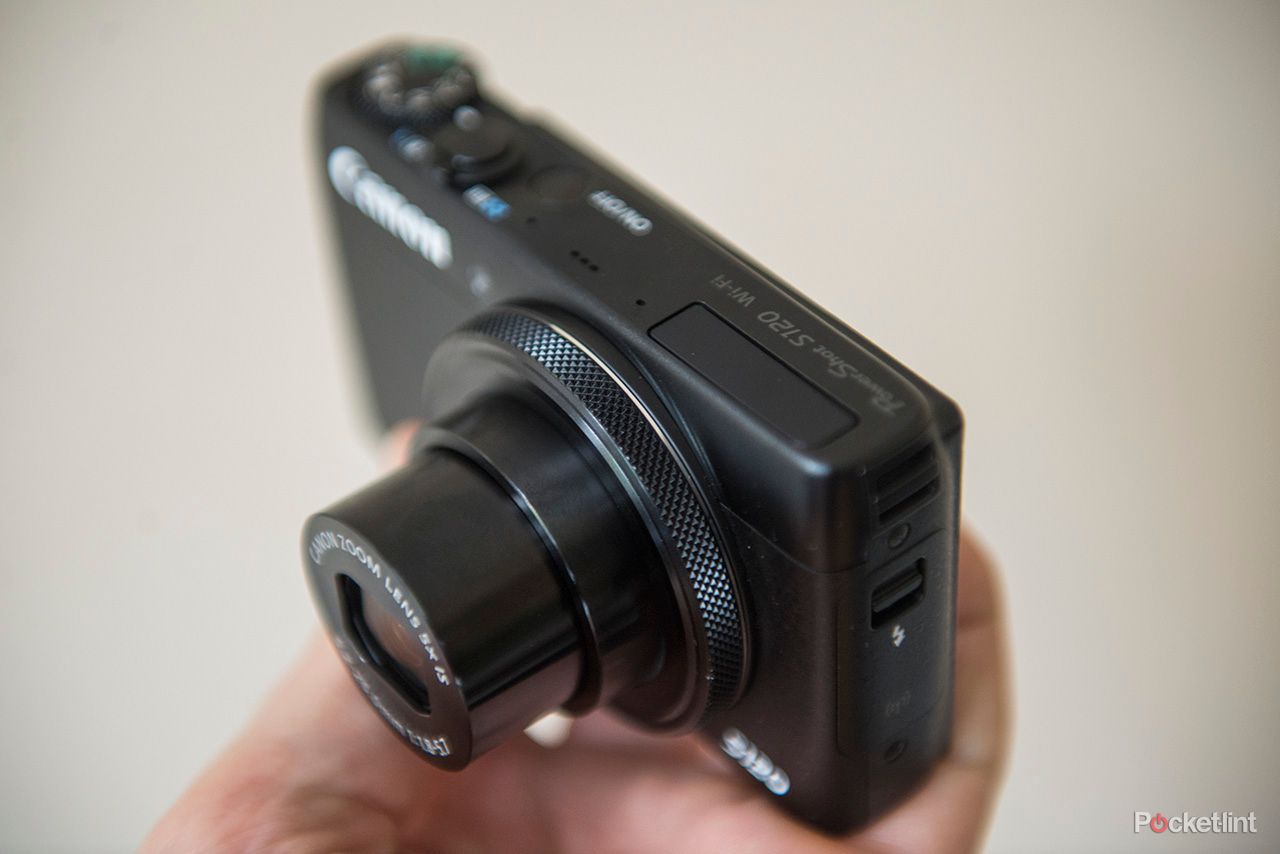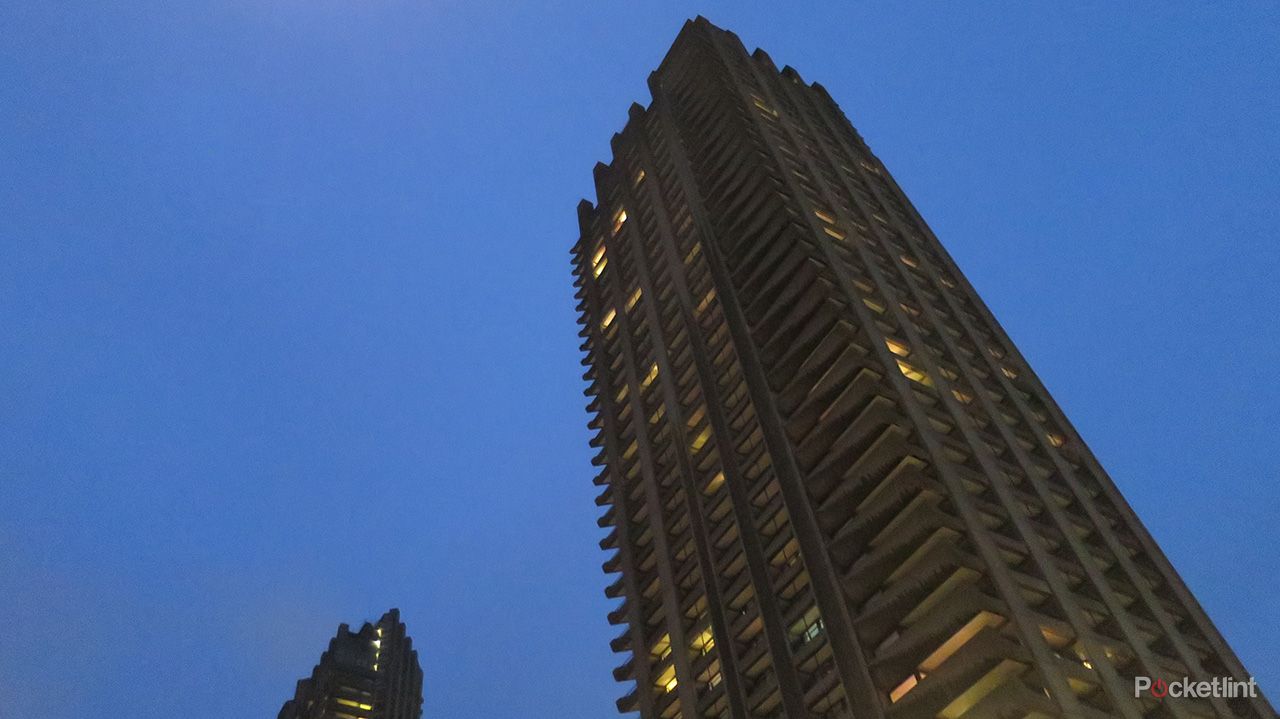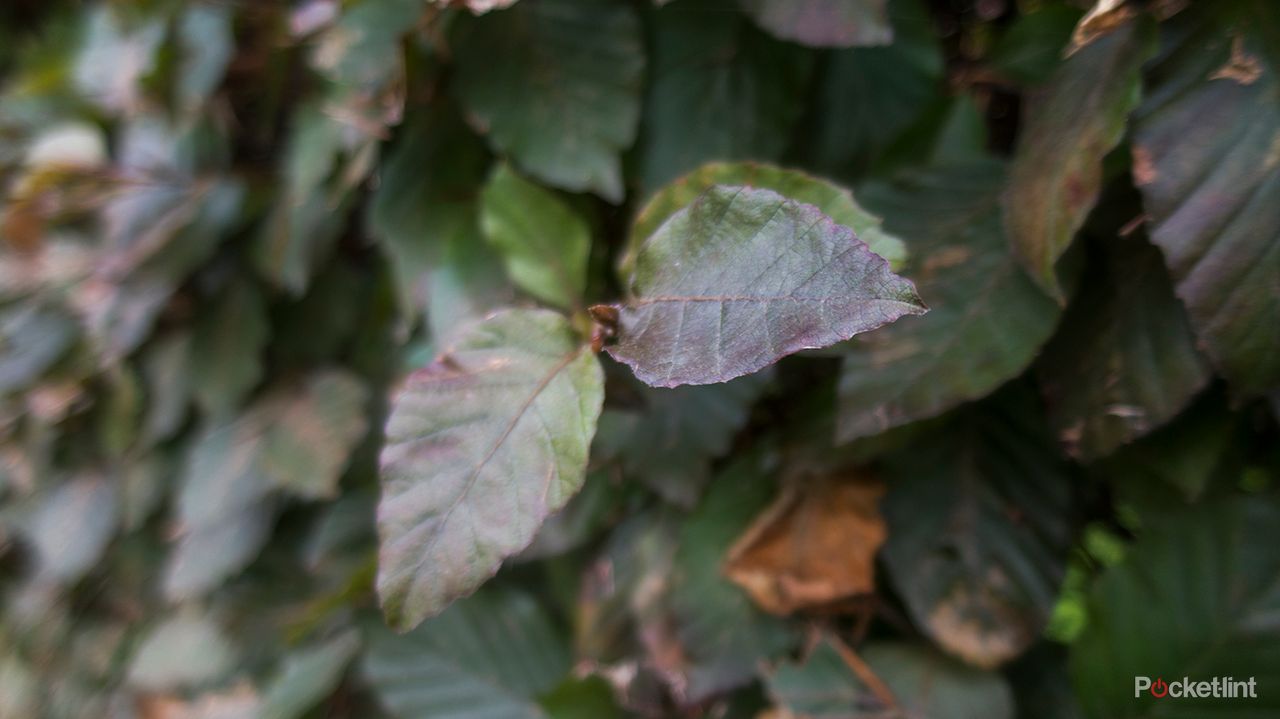Canon has a knack for making great compact cameras. The PowerShot S120, the replacement of last year's S110 model, might not reinvent the wheel, but it certainly get things turning faster in the pocketable high-end compact market. And if that's what you're looking to buy then it has a lot going for it.
Our quick take
If you're looking for a small, pocketable yet high-end compact camera that produces cracking images then there aren't many other places to look than directly at the PowerShot S120 or Panasonic Lumix LX7.
The Canon does itself justice in being a decent all-rounder. It may be small in the hand, but it's big on features and its image quality easily rivals any models of a similar sensor size. In fact it probably betters them. We're big fans of the customisable lens control ring too and the S120 is a true step ahead of its S110 predecessor in the performance stakes. If you're a few generations of S-series behind and are thinking of sticking with the brand then now will probably feel like a good point to jump on board.
But it's not quite perfect. We'd like to see a stronger battery performance, there's some overexposure in shots that's a bit of a nuisance, while the Wi-Fi mode - while certainly better - needs to be polished up before it's a perfectly smooth runner. Not to mention that it's just as pricey as ever, but that's an inevitability. Even so, it puts the S120 firmly in the Fujifilm X20 ballpark and makes that purchase decision that much tougher if you're a brand new buyer. In that instance it'll probably come down to physical size.
And if small is top of your list then the S120 is very likely to be the number one choice. And with good reason: it's a truly great high-end compact camera.
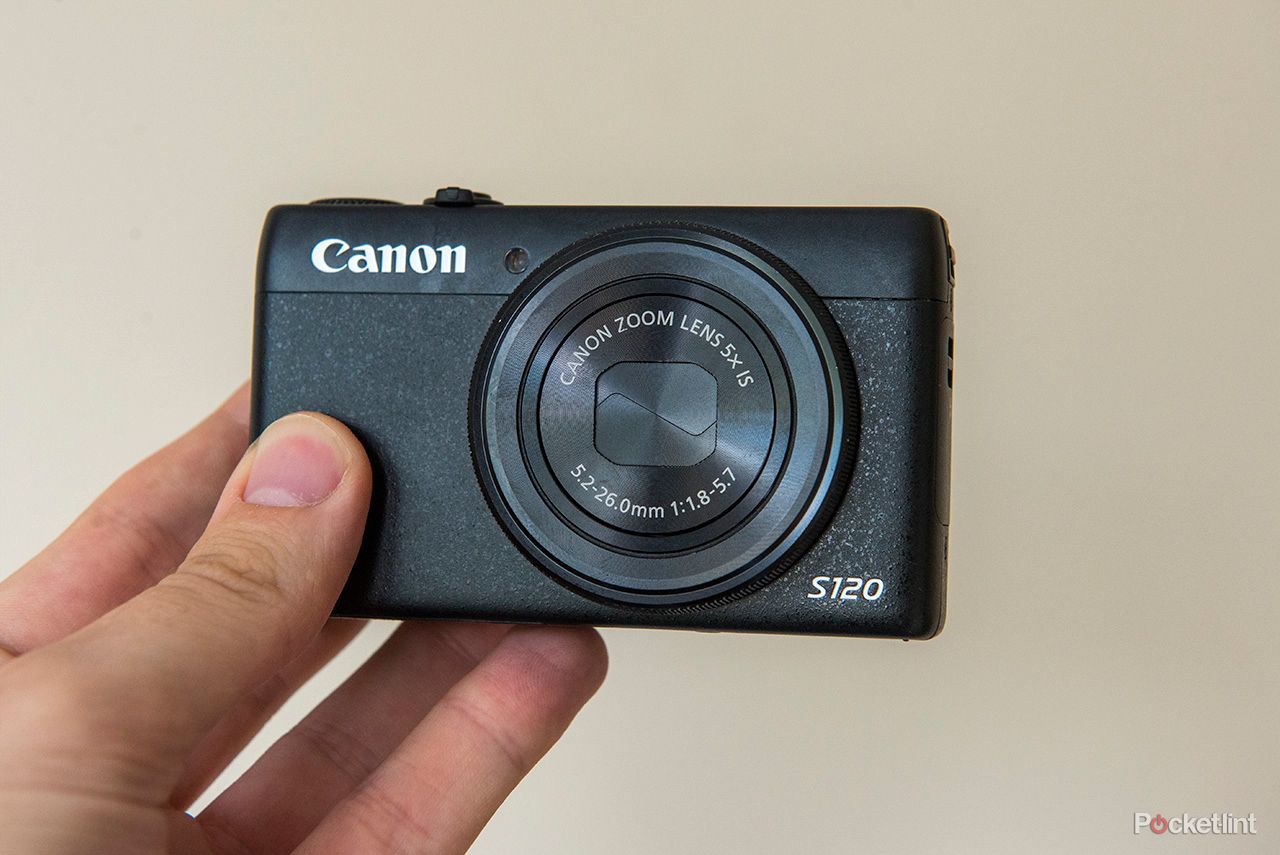
Canon PowerShot S120 - 4.5 / 5
| FOR | AGAINST |
|---|---|
|
|
Canon PowerShot S120
Does a larger-than-average sensor size, faster autofocus than we'd seen from its predecessor, and sturdy, well-built compact body add up to compact camera perfection? Or does the S120 have its work cut out against the likes of the Sony RX100 II, Fujifilm X20 and Panasonic LX7?
Truly compact
Here's the thing about the Canon S120: it's small; a truly pocketable device. People won't ask if there's a banana in your pocket. That can't be said for plenty of other "compact" cameras, such as the larger-brother PowerShot G16, or even the likes of the Fujifilm X20 - as much as we have considerable praise for both those models.
READ: Canon PowerShot G16 hands-on
At first glance there's no external difference between the S120 and the earlier S110 model, except for the obvious shift of name badge. Look extra close and you will spot a slight upgrade in the lens department: the 24-120mm range's maximum aperture is now f/1.8-5.7 (not f/2.0-5.9 as before) which translates into an additional third stop of light. A modest benefit, but a benefit nonetheless - it looks like Canon is squeezing everything that it can out of this small body size, and that wide aperture at the wide-angle setting is exactly the sort of thing a high-end product such as this needs.
In the hand the S120's build quality shines through too. It feels sturdy and reassuringly weighty, without being too heavy, while small details such as the metal lens ring and mode dial give it a sense of luxury. It's understated in the best of ways, so to the unsuspecting it doesn't look like a high-end compact camera - and that means it can be used discreetly without attracting too much attention.
The camera's body has a slight textured finish to assist with grip, but that's one possible gripe - there's no proper front grip, while the rear is limited to a small thumb rest. We didn't find it a problem when holding the camera, in that it didn't come flying out of our hands, but if you're old skool and like a protruding grip then you won't get one here - but that's the nature of this camera in the interests of keeping things small.
There's a recurring theme here: size. All this talk of small doesn't carry through when looking at the big features under the S120's skin. The 12.2-megapixel 1/1.7-inch sensor at the camera's core might not be as large as that in the Fujifilm X20, but it's still of proven capability and the S120's latest Digic 6 processor promises a step up in speed and quality terms.
READ: Fujifilm X20 review
Ring-A-Ding-Ding
The lens ring is one of our favourite features of the Canon S120. It can be used to adjust pretty much any setting you happen to want, as adjusted from within the camera's menu or when left to default it adjusts the most relevant setting based on the selected mode. For example, aperture priority sees the lens ring shift through aperture, for shutter priority it adjusts shutter speed, in Auto it's used for step-zoom, while in Programme mode it takes command of ISO sensitivity. The click-through-turn sensation when rotating the ring is ideal for aperture selection or step-zoom control. We like.
In addition the S120 has a rear d-pad that rotates to act as a secondary dial for selecting options. Ideal for use in manual mode, or for when you have the front lens ring always set to a specific mode at your preference.
In use we're fond of the touch-sensitive 3-inch screen and the ability to quickly and easily select a focus area with just a single tap. Autofocus speed has seen a reworking so now - finally - the PowerShot S120 is as competitive as any other high-end compact out there. If not better. That's not to say that the S110 was slow, but the S120 takes that speed and gives it a kick up the backside to the tune of a 50 per cent speed improvement. And even if our brains aren't able to measure how accurate this figure is (as it's the one provided by Canon) what we do know for sure is that it feels like a step forward. If you're from the S100, S95 or earlier stage then now might be a great time to look at upgrading to the S120 - you'll notice the difference straight away.
Whether you want full manual control or camera automation then you're in luck, as everything is catered for via the main mode dial. Point-and-shoot autofocus sticks to its decent face-detection system that we found to work effortlessly, while close-up focus as near as 3cms from the lens at the widest-angle setting puts macro shots easily within your shooting repertoire.
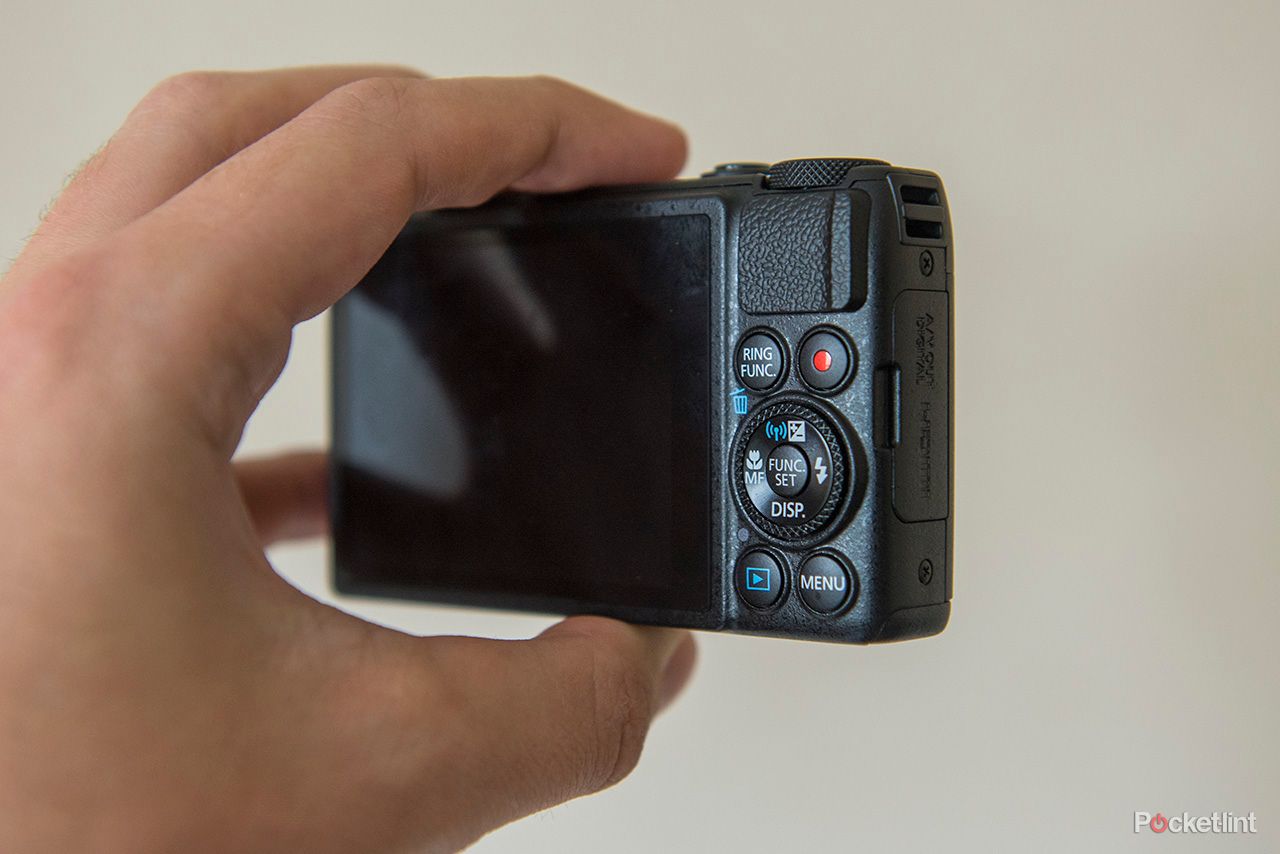
Elsewhere features are just as strong as ever: raw & JPEG file options; 1080p video capture; built-in Wi-Fi for picture sharing; GPS (global positioning satellite) for geotagging images. It's a veritable feast of feature goodies.
Wi-Fi wonders and woes
As mentioned there's Wi-Fi included to share pictures, and Canon's given this feature a bit of a reworking. It's still not perfect, but we no longer struggle to share images. A previous complaint we had with the earlier Wi-Fi implementation was its inability to share directly with third party apps - everything went through Canon's Image Gateway instead.
That's no longer the case. We've posted images to Facebook and Twitter direct from Canon's Camera Window app, where it's possible to get camera and smart device to talk to one another. The initial set-up process requires all the usual password entry which can be a little slow, but the camera's touchscreen helps to speed up this process.
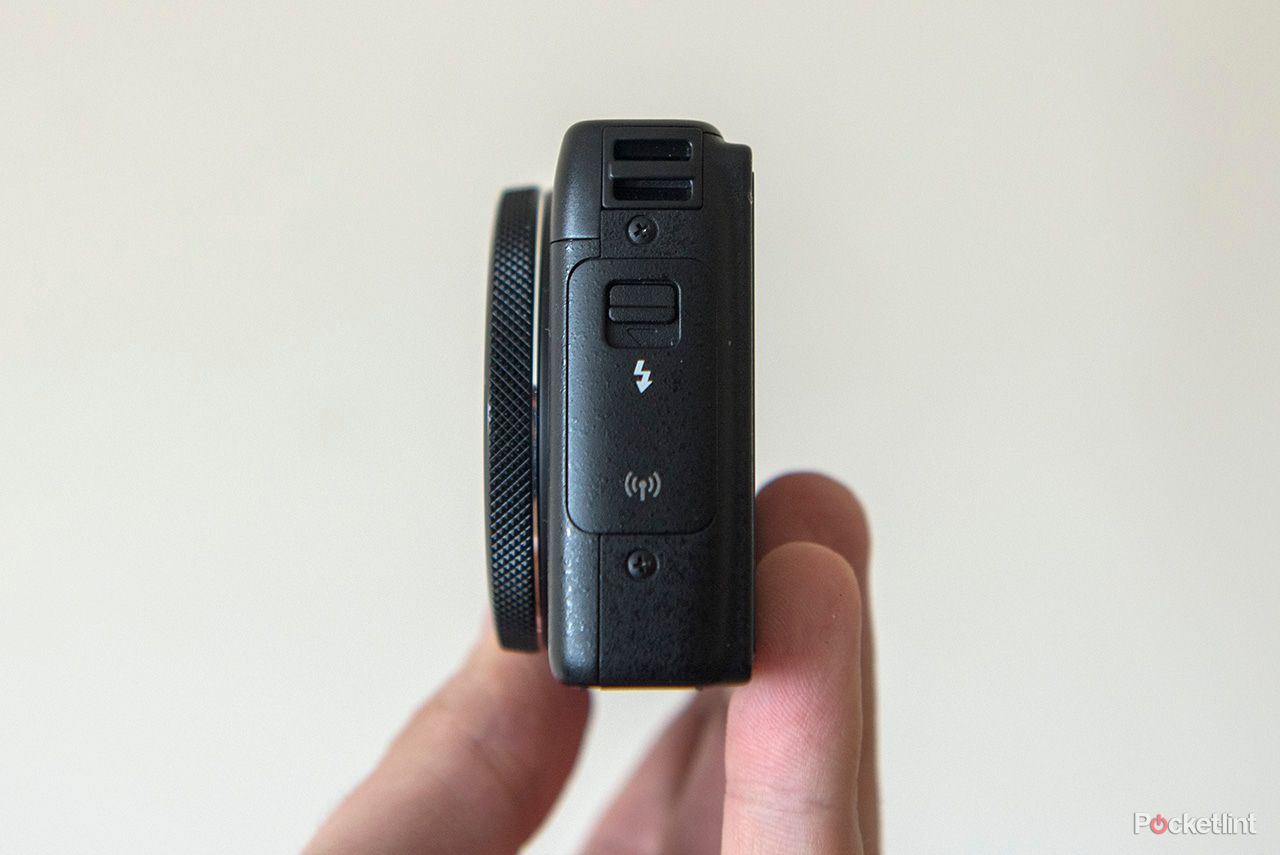
However the six-section interface, which presents the various methods of sharing via six access point symbols, is a little confusing to look at. There are no words. Literally no words. So two symbols that look like a computer, one that looks like a camera, another like a smartphone and a camera won't necessarily help you without having a quick flick through the manual. Yup, sacrilege, we know. Furthermore each of these access points requires individual WEP password entry, it's not a one-entry-fits-all process, and that makes the process altogether much longer. More secure, but more irksome.
Overall the Wi-Fi interface still needs smoothing out, and it's not the effortless process of something like the Samsung Galaxy Camera, but it's a step in the right direction. We found it usable and, indeed, useful.
READ: Samsung Galaxy Camera review
However, Wi-Fi will impact on battery life. And as we were only snapping around 200 or so shots per charge it's fairly limited in terms of on-going available power anyway. So, if anything, Wi-Fi is best avoided when out and about. We were hoping for some new miracle battery to give the S120 added pep, but that's not the case.
Picture perfect?
A big reason to buy a high-end compact camera is for its image quality. You're the kind of person that wants a dedicated camera, not a swanky smartphone that claims to be as good as a camera (and doesn't deliver on that claim). If that's you then the S120 is the perfect match in most regards, with a handful of quibbles thrown in along the way.
Canon PowerShot S120 review - sample image at ISO 125 - click for raw sample at 100 per cent scale
The S120 offers sensitivity from ISO 80 to ISO 12,800, which is usable and largely noise free from ISO 80-800, even if there's always some presence of non-disruptive grain throughout. Sometimes it's hard to tell the lower ISO settings from the mid-level ones, depending on the shot, which is testament to how well it performs.
Even at ISO 1600 the results are still fairly decent, although the camera opts for low shutter speeds in Auto rather than amping up the ISO by default. The addition of an ever-so-slightly wider aperture compared to the S110 also assists in keeping the ISO sensitivity down a notch.
Step things up to ISO 3200 and there's the inevitable extra push of colour noise and resulting image softness. JPEG files do counteract this, but with considerable impact to sharpness. We think the grainier shots look all the better really, and would make great black and white conversions.
Canon PowerShot S120 review - sample image at ISO 3200 - click for JPEG sample at 100 per cent scale
Is the S120 streets ahead of the S110? Not really, but then we can't bemoan that. At this level upgrades are subtle rather than mind-blowing, but fortunately the S120 is as close as a sensor of this size has got to perfection. It does have its work cut out against the larger sensors found in the Sony Cyber-shot RX100 II, or Fujiiflm X20, but then the Canon succeeds in balancing physical body size, resolution and mostly sustainable quality throughout much of its ISO range. It's a top notch all-rounder, something that can't be levelled at much of the competition.
READ: Sony Cyber-shot RX100 II review
There are some shortcomings though, mainly in the form of overexposure. We found it all too common for shots to have blown-out highlights in the typical metering scenarios which was a bit of a nuisance. Shoot raw and there's a level of correction against this, of course, which is something we've been delving into quite a bit. The files cope well with exposure adjustment in post production.
The drop in available aperture at the longer end of the zoom - the maxium of f/5.7 at 120mm isn't exactly great for low-light conditions - also can't match up to the likes of the Panasonic Lumix LX7.
READ: Panasonic Lumix LX7 review
Sharpness, too, can be a bit hit and miss, dependent on processing. And there are signs of purple fringing (chromatic aberration) towards subject edges. All things to keep in mind when making that purchase choice.
Overall, if you're after decent image quality in a small package then little else out there can rival the Canon PowerShot S120. It's a little cracker, with only minor quibbles, even if it doesn't make the earth move compared to its previous iteration. But it's still an all-round winner, particularly in those low-mid ISO settings.

